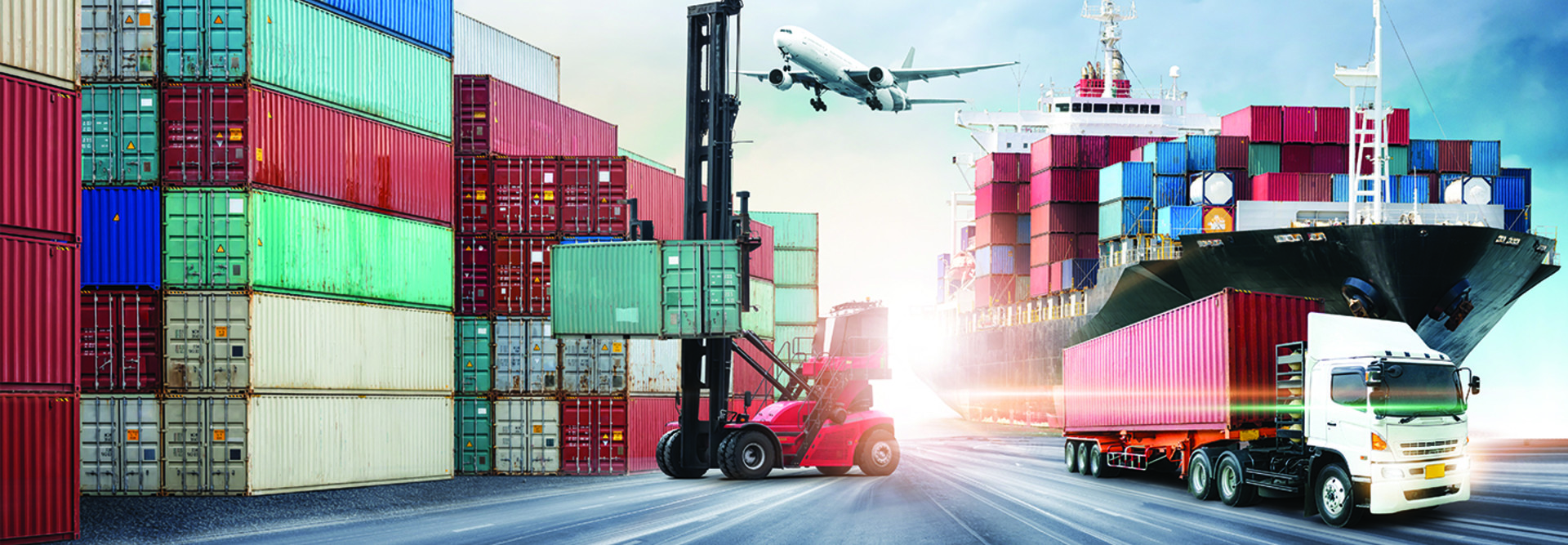Retailers Need More Visibility into Their Supply Chains
Current supply chain problems are largely situational, a byproduct of the economy bouncing back from pandemic lows much faster than businesses anticipated. But even without the pressures of factory shutdowns and labor shortages, most retailers are not in a strong position to visualize their supply chains.
According to Reuters, a new report from the Economist Intelligence Unit commissioned by the Association for Supply Chain Management shows that more than half of companies lack end-to-end visibility of their supply chains. This can make organizations vulnerable to potential disruptions and other risks.
Gaining more visibility into the supply chain isn’t a new concept, but it is one that has gained new importance as the effects of the pandemic have spread. A 2019 report from 451 Research shows that retailers lose nearly $500 billion globally by not having products in stock, and 90 percent of shoppers had recently walked out of stores without making purchases because the items they came in for weren’t available.
With a renewed focus on omnichannel retail, it’s even more important that organizations know where their products are at every point in the process.
MORE FOR RETAIL: What retailers need for omnichannel inventory management.
Digital Transformation Can Optimize Supply Chains
Retailers can gain the visibility they need using different technologies. Organizations can start with a tool they’re likely already familiar with: radio frequency identification. Many retailers already use technology for contactless payments, but it can also be used to mark products at different parts of the supply chain journey. This can allow for more accurate tracking and give retailers a better understanding of when they may be getting shipments in.
Understanding when those shipments are coming is only half the battle; retailers also must know when to reorder. This is where demand-driven supply chain management can come into play. Powered by data analytics and artificial intelligence, demand forecasting can arm organizations with the insights they need to get ordering right.
Whatever tools are being used to gain visibility need to be able to work together for businesses to truly thrive. A supply chain management system that has gone through digital transformation is better equipped to handle this, and gives IT the visibility it needs to be able to mitigate risk as well.
There are aspects of the current supply chain backlog that retailers can’t fix. But if they take the time to implement digital tools into their supply chain management, they will have the visibility they need to be agile in the future.











